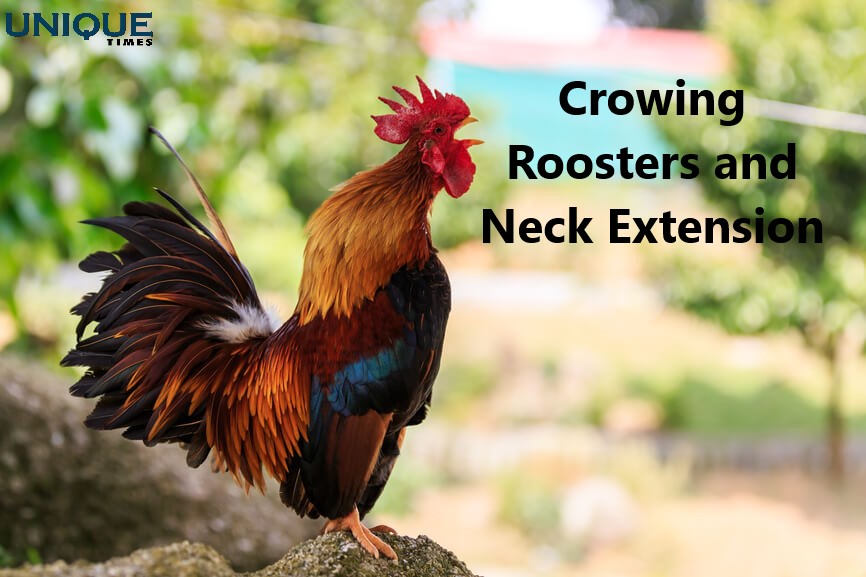Unveiling the Unique Rooster Trait: The Curious Case of Crow-less Necks

The crow of a rooster is a distinctive sound often associated with rural mornings and farm life. However, there’s an intriguing twist to this iconic call: roosters can’t crow if they can’t fully extend their necks. In this blog post, we dive into the anatomy and behavior of roosters to uncover the fascinating reason behind this curious phenomenon.
- The Dawn Chorus: Rooster Crows and Their Significance Roosters’ crowing is not merely a random occurrence; it serves essential purposes in their social dynamics and communication within the flock. Explore the various meanings behind the crow of a rooster.
- Neck Extension: The Key to Crowing Understand the anatomy of a rooster’s neck and how it plays a pivotal role in producing their distinctive crowing sound. Learn why the ability to fully extend their necks is essential for this behavior.
- The Rooster’s Built-In Amplifier: How Crowing Works Delve into the mechanics of crowing, including the role of the syrinx (the avian vocal organ) and the specialized air sacs that contribute to the resonating sound. Discover how neck extension enhances this vocalization.
- Social Signaling: Rooster Communication Crowing is not just about marking the start of a new day; it also serves as a means of asserting dominance, establishing territory, and communicating with other members of the flock. Uncover the complexity of rooster communication.
- Health and Behavior: The Link Between Neck Extension and Well-Being A rooster’s ability to fully extend its neck is more than just a vocal mechanism; it’s also an indicator of their overall health and vitality. Explore how neck extension reflects a rooster’s well-being and vigor.
- Domestication and Adaptation: The Evolution of Rooster Behavior The unique crowing behavior of roosters has evolved alongside their domestication. Consider how human influence has shaped rooster behavior and how it differs from their wild counterparts.
Conclusion: The rooster’s crow is more than a simple sound – it’s a window into the intricate world of avian communication, social dynamics, and adaptation. The curious relationship between neck extension and crowing sheds light on the complex interplay between anatomy, behavior, and environmental influence. As we listen to the dawn chorus of roosters, we gain insight into the inner workings of these remarkable creatures and the unique ways in which they communicate their presence, intentions, and vitality to the world around them.
Picture Courtesy: Google/images are subject to copyright








